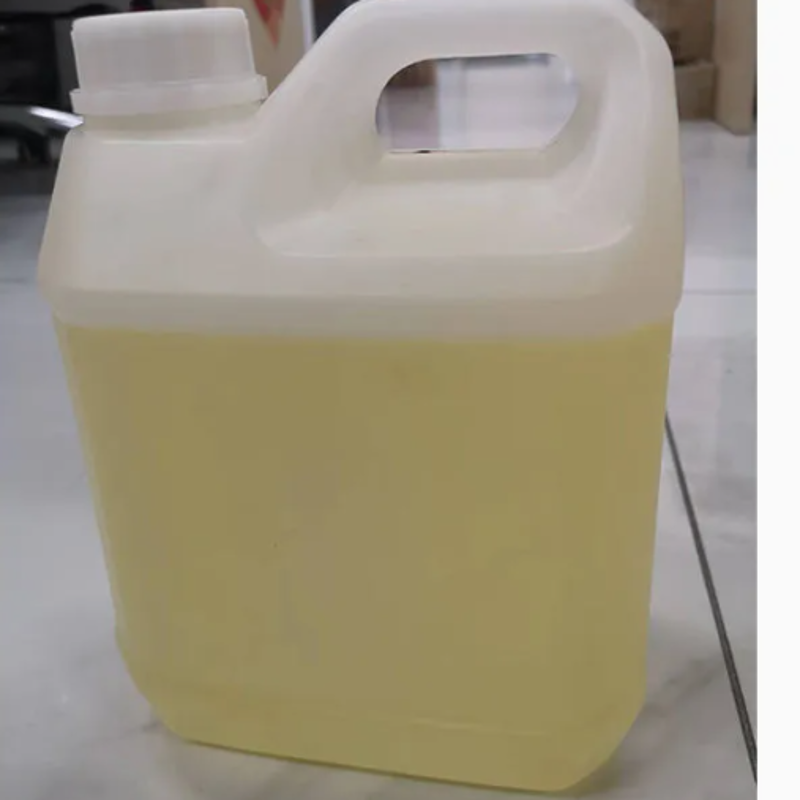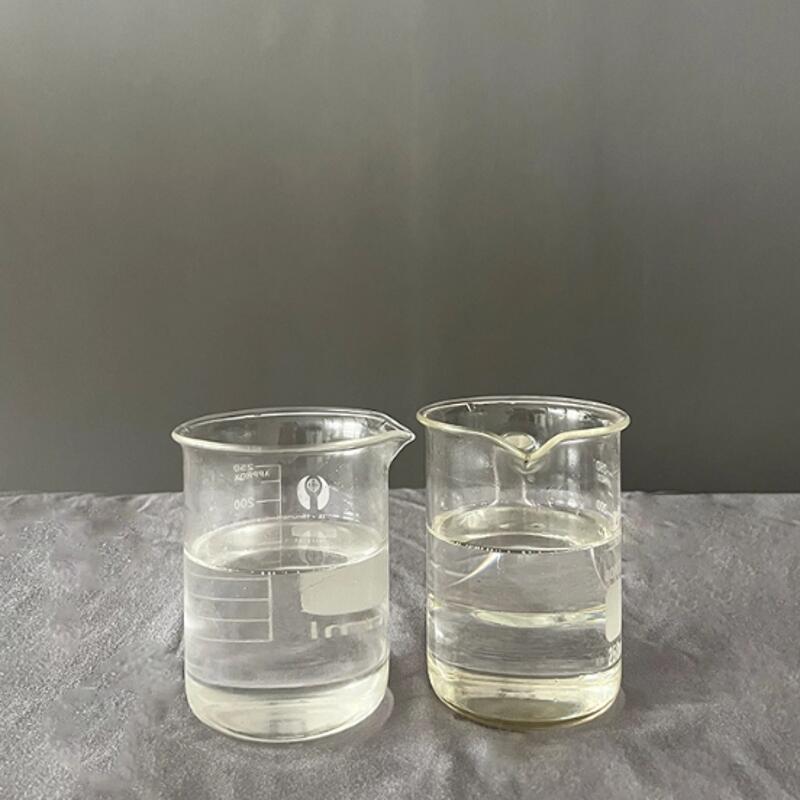-
Categories
-
Pharmaceutical Intermediates
-
Active Pharmaceutical Ingredients
-
Food Additives
- Industrial Coatings
- Agrochemicals
- Dyes and Pigments
- Surfactant
- Flavors and Fragrances
- Chemical Reagents
- Catalyst and Auxiliary
- Natural Products
- Inorganic Chemistry
-
Organic Chemistry
-
Biochemical Engineering
- Analytical Chemistry
-
Cosmetic Ingredient
- Water Treatment Chemical
-
Pharmaceutical Intermediates
Promotion
ECHEMI Mall
Wholesale
Weekly Price
Exhibition
News
-
Trade Service
Recently, the research team of Hou Xianglin and Deng Tiansheng of Shanxi Institute of Coal Chemistry, Chinese Academy of Sciences, carried out chemical degradation and resource recycling technology research and development for waste acid anhydride-cured epoxy resin matrix composites (wind power carbon beams, etc.
), selectively breaking esters under mild conditions bond, recover the degradation products bisphenol A diglyceride, methyl tetrahydrophthalic acid, and carbon fiber or glass fiber in the composite material, etc.
, to realize the full-component recovery of acid anhydride-cured epoxy resin-based composite materials.
This technology has been Apply for a series of national invention patents
.
Among them, "a method for catalyzing the degradation of anhydride-cured epoxy resins" has been authorized
.
The degradation product bisphenol A diglycerol ether is an aromatic polyol, which can be reused as a polyol raw material for polyurethane synthesis to prepare polyurethane elastomer, polyurethane rigid foam, soft foam, polyurethane waterproof material, etc.
; another degradation product methyl Tetrahydrophthalic acid can be used as the raw material for the preparation of curing agent methyltetrahydrophthalic anhydride, which can be used again in the curing process of epoxy resin; recycled carbon fibers or glass fibers have little strength loss, and can be made into fiber chopped strands, which can be used with other Thermoplastic or thermoset resins are compounded again
.
In the whole process, the resin degradation rate is greater than 99%, the recovery rate is greater than 95%, the fiber recovery rate is greater than 96%, and the fiber strength loss is less than 5%; in addition, this technology can also control the degree of depolymerization of acid anhydride-cured epoxy resin to prepare porous materials
.
Compared with the traditional high-temperature pyrolysis method, the acid anhydride-cured epoxy resin chemical depolymerization series technology has the advantages of mild depolymerization conditions, low energy consumption, good reaction selectivity, recyclable degradation system, small fiber damage, and high product added value.
The market demand is large, and the production process has no small molecule exhaust emissions and other advantages
.
Since 2020, the implementation of a series of national regulations and policies has prompted the composite material industry to seek green and economical recycling methods for waste thermosetting resin composite materials
.
Due to its excellent physical and chemical properties, acid anhydride-cured epoxy resin is often compounded with carbon fiber and glass fiber to prepare epoxy resin pultrusion materials, which are widely used in wind power, aerospace, transportation, sports equipment, bridge construction and other fields
.
Thermosetting resin accounts for about 30% of the composite material, and carbon fiber, glass fiber and other materials account for about 70%.
The combination of the two makes the material not only light in weight, but also high in strength, corrosion resistance, fatigue resistance and other properties
.
Due to the special three-dimensional network structure of acid anhydride-cured epoxy resin, it cannot be degraded in the natural environment
.
At present, the output of carbon fiber-reinforced acid anhydride-cured epoxy resin for wind power carbon beams is 20,000 to 30,000 tons per year
.
The recycling methods of traditional epoxy resin composites include mechanical recycling and high temperature pyrolysis
.
The mechanical recycling method is to physically pulverize the composite material, mix it with other resins and powders and then extrude it into a plate.
In this method, the carbon fiber and glass fiber are destroyed, the added value of the product is low, and the recycling of thermosetting epoxy resin cannot be fundamentally solved.
problem
.
The high-temperature pyrolysis method is the only chemical recycling method currently used in industrial applications.
By placing the composite material in a high temperature environment above 450 °C for pyrolysis, after pyrolysis, the fibers in the composite material can be recycled and reused, and the fiber strength reaches fibrils.
About 85% of the resin is decomposed into small molecular pyrolysis gas, pyrolysis oil and other organic fuels for system heating
.
However, the method has high energy consumption, low product added value, and discharge of small molecular pollutants, which pollutes the environment
.







